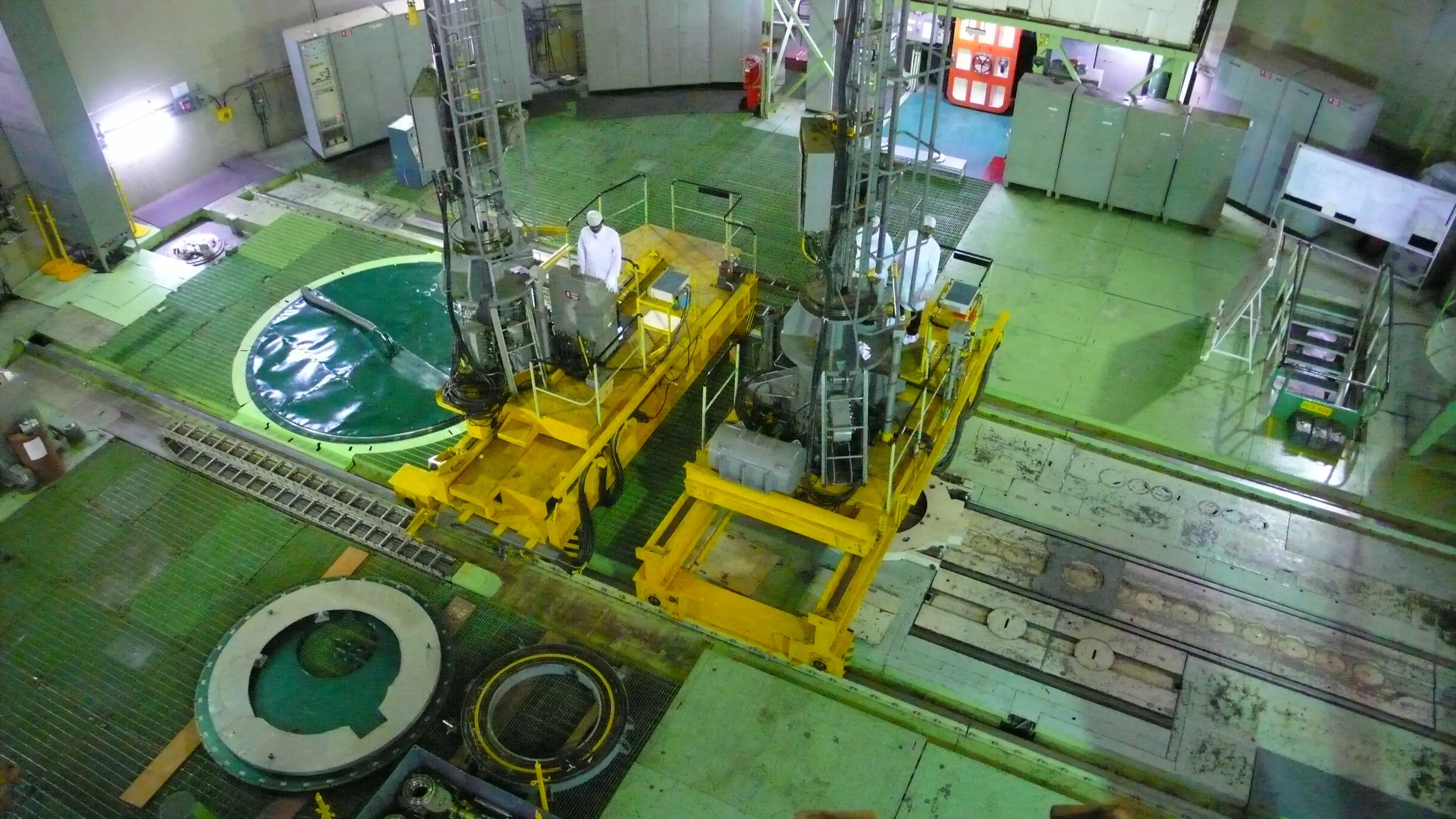
Kalpakkam Fast Breeder Reactor: Why it's controversial, why India chose it
Rest of the world has opted for light-water reactors which use uranium as nuclear fuel; uranium reserves are scarce, and India has very limited reserves

India is about to witness a significant nuclear milestone in its history of generating atomic energy with the initiation of core loading in the Prototype Fast Breeder Reactor (PFBR) at the Indira Gandhi Centre for Atomic Research at Kalpakkam, Tamil Nadu on March 4.
Why is atomic energy important?
Climate change is caused by carbon emissions, and the main source of carbon emissions are fossil fuels. These fuels are used for generation of electricity and in transportation, among other applications. Atomic or nuclear energy is a source of carbon-free electricity. It is claimed to be the most promising clean energy option for power generation.
Why has India focused on Fast Breeder Reactors (FBR)?
The rest of the world has opted for light-water reactors which use uranium as the nuclear fuel. However, uranium reserves are scarce, and India has very limited reserves of uranium. Fast breeder reactors, on the other hand, can use plutonium and thorium. Thorium, when exposed or irradiated to fast neutrons, generate uranium-233, thus converting a benign thorium into a valuable atomic material.
The advantage for India is that it has the world’s second-largest reserves of thorium.
The FBRs also convert “wasted” uranium-238 with the help of fast neutrons into a valuable resource.
What is a breeder reactor?
A breeder reactor is a nuclear reactor that generates more fissile material than it consumes. While conventional reactors use uranium-235 which is rare, breeder reactors use uranium-238 and thorium-232 which are more commonly-available isotopes. The latter two are called fertile materials because they can be bred into fuel by the breeder reactors.
What is a fast breeder reactor?
They are called fast breeder reactors not because they run faster but because the neutrons that sustain the atomic chain reaction travel at a much higher velocity than neutrons that are used in traditional atomic plants.
Which is the world’s only commercially-operated FBR?
The only fast breeder reactor that is being commercially operated at present is the BN 800 FBR in the Ural Mountains of Russia at the Beloyarsk Nuclear Power Plant, close to Russia’s fourth-largest city Yekateringburg. This reactor produces about 800 MW of electricity which is supplied to the Ural region. The Russians are the global leaders in fast breeder reactors since 1980.
What's the FBTR experience at Kalpakkam, Chennai?
India has been running an experimental facility called a Fast Breeder Test Reactor (FBTR) for about 38 years. The Department of Atomic Energy (DAE) has been using this facility to perfect the use of advanced nuclear fuels. Since no country is willing to share the know-how of this sensitive technology, scientists at the Indira Gandhi Centre for Atomic Research (IGCAR) have been developing the technology from scratch.
The FBTR has completed 32 irradiation campaigns in 38 years of safe and successful operation.
What is the Prototype Fast Breeder Reactor (PFBR)?
Using the expertise gained by operating the FBTR for so many years, India has designed the 500 Mwe Prototype Fast Breeder Reactor. It was supposed to be completed by 2010, but has been delayed for various reasons. It has been more than 20 years in the making and about 14 years since the original commissioning date. After one year of successful operation of the PFBR, India plans to construct six more FBRs in the years to follow.
Why is PM Narendra Modi at Kalpakkam on March 4, 2024?
Modi is going to be present for the initiation of the core loading of the PFBR at the ICGAR, Kalpakkam on this date. In order to generate power, the reactor control sub-assemblies, blanket sub-assemblies, and fuel sub-assemblies have to be loaded in order during the core loading procedure.
Why have FBRs been controversial?
In 2010, the International Panel on Fissile Materials said that after six decades and the expenditure of tens of billions of dollars, the promise of breeder reactors remained largely unfulfilled. Breeder reactor development programmes in the US, Germany, and the United Kingdom were abandoned.
FBRs use sodium as a coolant, as compared to the more widely-used technology that uses water as a coolant. A leak in an FBR could lead to a sodium fire, which raises safety issues.
The capital costs of setting up FBRs are about 25 per cent more than light-water reactors.
Why are some TN politicians protesting?
Vaiko, MDMK general secretary, and Jawahirullah, president of Manithaneya Makkal Katchi, have raised concerns against the PFBR launch at Kalpakkam over issues like safety risks, cost escalation, and project delays. They point out that several countries have abandoned FBRs due to safety and financial concerns. They quote the cost overrun of the project from ₹3,490 crore to ₹7,700 crore.
Vaiko has criticised the central government’s prioritisation of nuclear projects over flood relief funds. Jawahirullah targets the project for potentially turning Tamil Nadu into a “dumpyard” for nuclear waste. They also say that nuclear projects are moved to Tamil Nadu because of opposition in BJP-ruled states.

